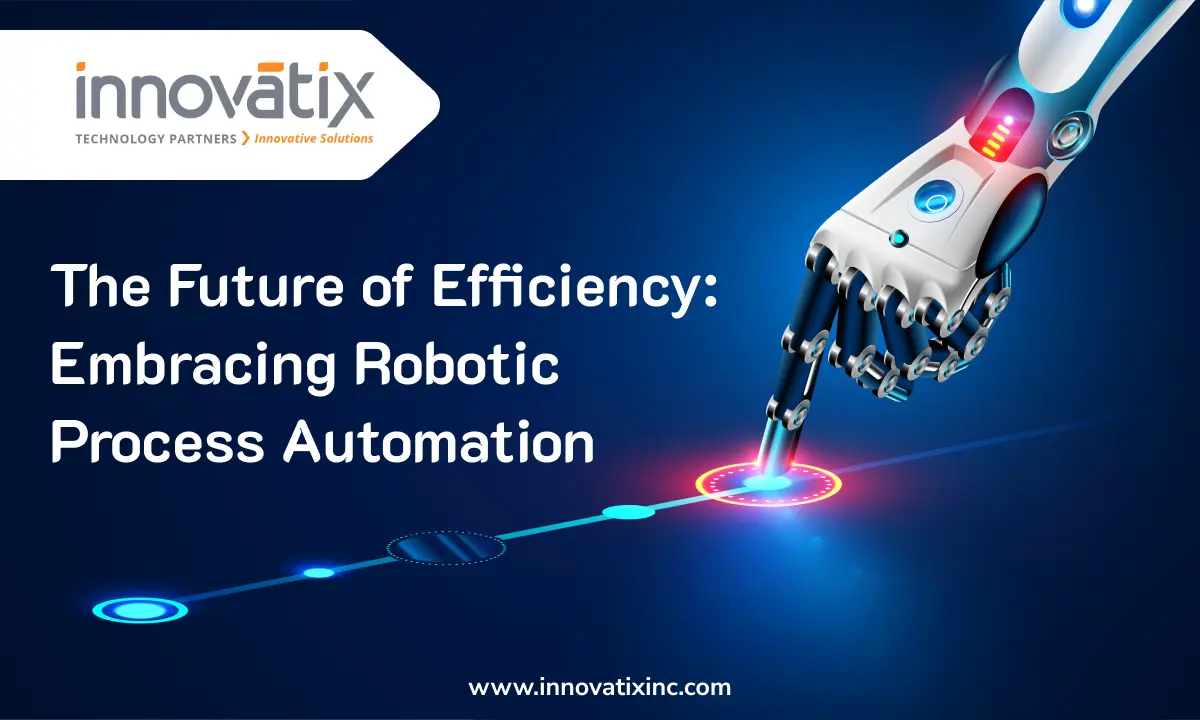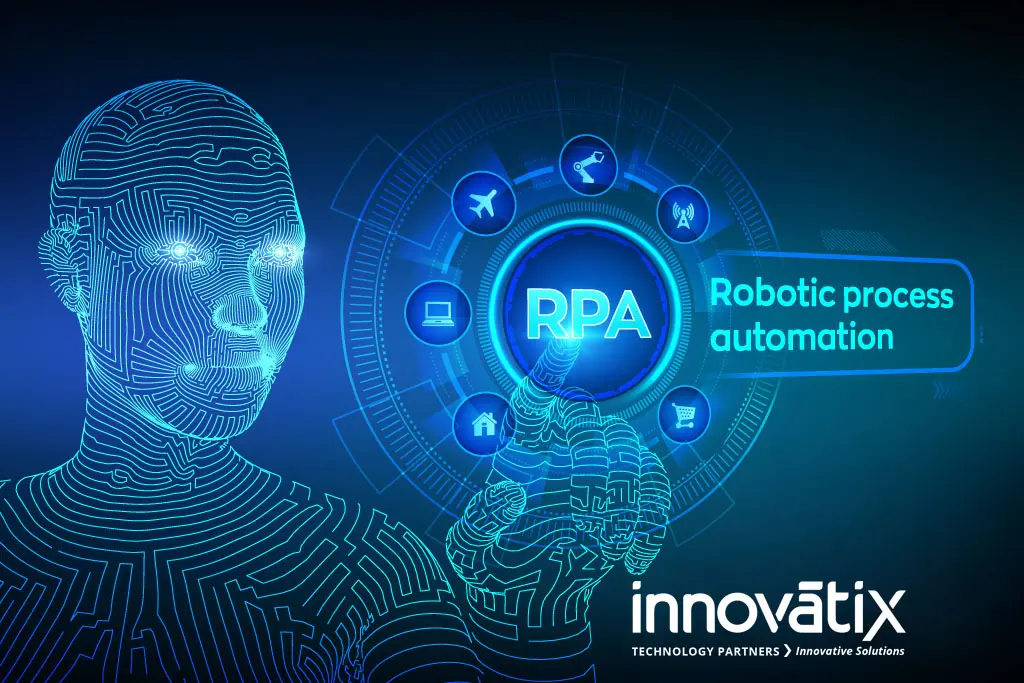Suryagayathri C K
Home » Archives for Suryagayathri C K

Suryagayathri C K
Suryagayathri C K is the Digital Marketing Specialist for Innovatix Technology Partners. She is an MBA graduate from Amrita University and has worked as a Brand & Strategy Planning Executive for Stark Communications Pvt Ltd before joining us. She has a proven record of getting new clients on board, establishing an excellent working relationship with clients, and continually striving to improve the level of overall service that the company is providing. Suryagayathri is also an artist, content writer, and designer who makes work feel less like work. She has done various certifications in digital marketing, content marketing, and digital advertising on HubSpot and LinkedIn and is keen on upgrading herself with new skills and technologies.




